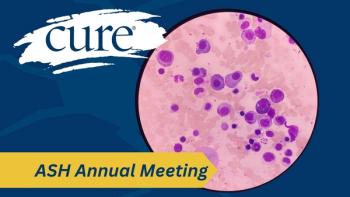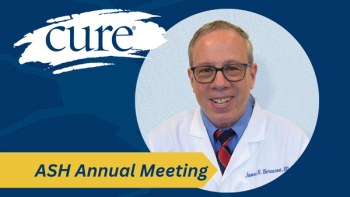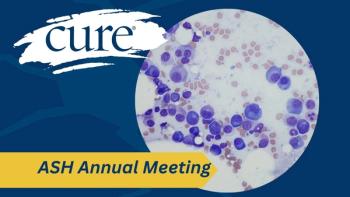Diane Gambill, PhD, is CURE's senior scientific advisor and chief scientific officer for Physician's Education Resource and Cancer Information Group. You may be wondering how PARP inhibitors burst onto the oncology scene with seemingly little prelude. The other day, CURE's managing editor, Melissa Weber, reminded me that I had made a bold prediction a couple of years ago regarding the PARP inhibitors. At the time, I was very enthusiastic about the early data on PARP inhibition, especially because the science behind it made so much sense to me (look for a feature on PARP inhibition in the next issue of CURE). I advised Melissa to keep an eye on this field for important developments in the near future. Now PARP is one of the most "Googled" cancer-related words on the Web.The events leading up to this year's much-publicized presentation on PARP inhibitors in breast cancer (see CURE's coverage of ASCO 2009) represent the dramatic acceleration in drug development timelines. Several key advances have primed the bench-to-bedside revolution in cancer research over the past decade. Applying the power of computing to automating lab processes and analyzing large volumes of data is probably the lynch pin of the bench-to-bedside revolution. In the mid 80s, it became possible to sequence a single gene, but it could take several years to confirm just one gene sequence! With high throughput technology, the timelines are now compressed to mere days (not quite fitting into a 48-minute CSI episode ... but close).Comparing a commonly used cancer drug, Taxol, to the PARP inhibitors brings these advances into focus. Taxol was discovered in 1967 and first presented at a research meeting the same year. This discovery was part of an NCI program established in 1955 to systematically search for natural products--essentially a hunt-and-peck method for drug discovery. It was 25 years later that Taxol was approved by the FDA for treating cancer in the clinic. (You can read more about the Taxol in The Discovery of Taxol from CURE's Winter 2006 issue).PARP inhibition as an antitumor strategy first emerged from the laboratory around 1994. About four years ago, clinical investigations were undertaken with some of the first-generation inhibitors, and today a phase III trial is already under way. These are indeed exciting times for both researchers and patients.Many agents now on the market have been discovered and approved on somewhat shorter timelines than Taxol, but the discovery-to-bedside timeline for the PARP inhibitors is quite remarkable--probably more so because of the promising results presented in this year's ASCO plenary session in breast cancer. So, what about my next prediction? Stay tuned ...






